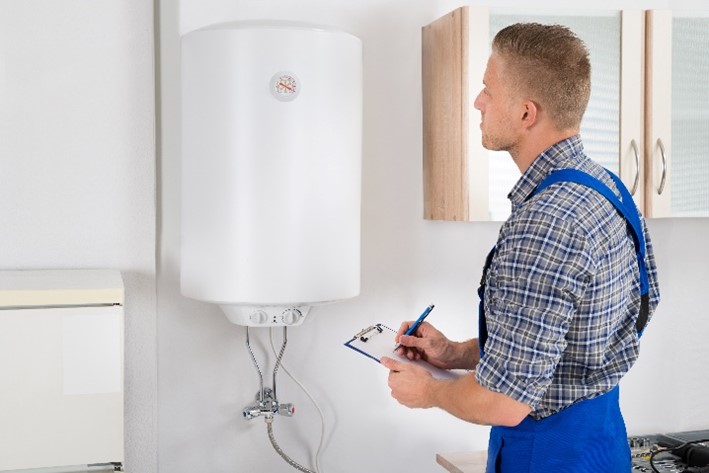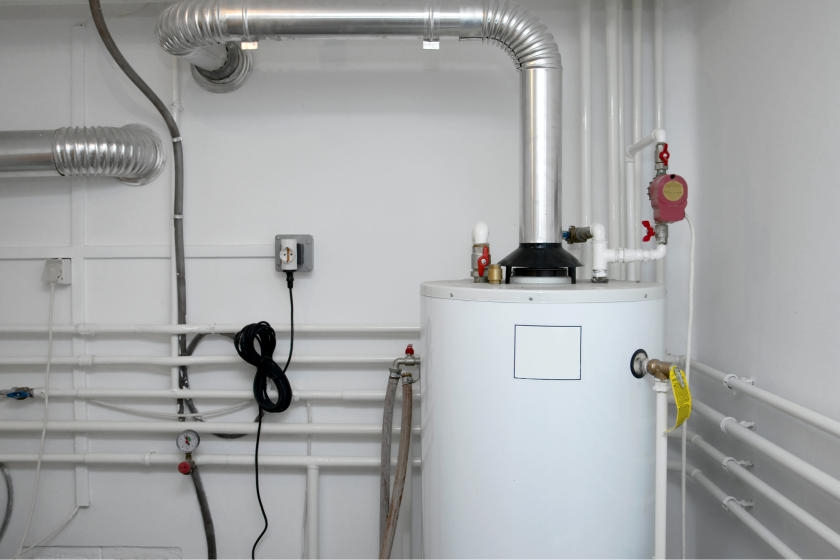Steps to Successfully Maintain Your Home's Hot Water SystemExpert Tips for Caring for Your Home's Hot Water System
Steps to Successfully Maintain Your Home's Hot Water SystemExpert Tips for Caring for Your Home's Hot Water System
Blog Article
Just how do you really feel with regards to How to Maintain a Hot Water Heater in a Few Simple Steps?

Hot water is vital for daily convenience, whether it's for a rejuvenating shower or cleaning recipes. To guarantee your hot water system runs successfully and lasts much longer, normal maintenance is crucial. This article provides functional pointers and understandings on how to preserve your home's warm water system to stay clear of disruptions and costly repair work.
Intro
Keeping your home's hot water system may appear daunting, however with a couple of straightforward steps, you can guarantee it operates smoothly for several years to come. This guide covers whatever from recognizing your hot water system to do it yourself upkeep tips and understanding when to contact expert assistance.
Relevance of Preserving Your Hot Water System
Routine maintenance not just expands the life-span of your hot water system but also ensures it operates efficiently. Overlooking maintenance can cause decreased efficiency, higher power bills, and also early failing of the system.
Indicators Your Hot Water System Requirements Maintenance
Understanding when your hot water system requires interest can stop significant concerns. Keep an eye out for indicators such as irregular water temperature level, odd noises from the heater, or rusty water.
Understanding Your Hot Water System
Before diving into maintenance jobs, it's practical to recognize the fundamental components of your warm water system. Commonly, this consists of the hot water heater itself, pipes, anode rods, and temperature controls.
Monthly Upkeep Tasks
Normal month-to-month checks can aid capture minor concerns prior to they intensify.
Flushing the Hot Water Heater
Purging your hot water heater eliminates debris buildup, improving performance and extending its life.
Checking and Replacing Anode Rods
Anode rods prevent deterioration inside the storage tank. Inspecting and replacing them when worn out is essential.
Evaluating and Readjusting Temperature Settings
Adjusting the temperature level setups makes sure optimal efficiency and security.
DIY Tips for Upkeep
You can execute a number of maintenance jobs yourself to maintain your warm water system in leading condition.
Checking for Leakages
Frequently examine pipes and links for leaks, as these can lead to water damages and greater bills.
Testing Stress Relief Valves
Testing the stress safety valve ensures it functions appropriately and stops excessive stress accumulation.
Insulating Pipelines
Protecting hot water pipelines reduces warmth loss and can save energy.
When to Call an Expert
While DIY upkeep is useful, some issues call for expert experience.
Complicated Concerns Needing Professional Aid
Examples consist of major leakages, electrical troubles, or if your water heater is consistently underperforming.
Regular Specialist Maintenance Conveniences
Specialist maintenance can consist of comprehensive assessments, tune-ups, and making certain conformity with security criteria.
Conclusion
Regular upkeep of your home's warm water system is essential for effectiveness, durability, and price financial savings. By following these tips and recognizing when to look for specialist aid, you can ensure a dependable supply of hot water without unforeseen disturbances.
How to Maintain an Instant Hot Water Heater
Before tinkering with your hot water heater, make sure that it’s not powered on. You also have to turn off the main circuit breaker and shut off the main gas line to prevent accidents. Also turn off the water valves connected to your unit to prevent water from flowing into and out of the appliance. 2. When you’re done, you have to detach the purge valves’ caps. These look like the letter “T” and are situated on either side of the water valves. Doing so will release any pressure that has accumulated inside the valves while at the same time avoid hot water from shooting out and burning your skin. 3. When the purge valves’ caps are removed, you have to connect your hosing lines to the valves. Your unit should have come with three hoses but if it didn’t, you can purchase these things from any hardware or home repair shops. You can also get them from retail stores that sell water heating systems. Read the user’s manual and follow it to complete this task properly. When the hosing lines are connected, open the purge port’s valves. 4. You should never use harsh chemical cleaners or solutions when cleaning your unit. Make use of white vinegar instead. It should be undiluted and you’ll probably use about 2 gallons. 5. Now flush your water heater. This task should probably take about 40 minutes. We can’t give you specific directions for this because the procedure is carried out depending on the type, model and brand of your heater. With that being said, refer to the user’s manual. 6. When you’re done draining the unit, you have to turn off the purge port valves again. Remove the hosing lines that you earlier installed on each of the water valves. Put the valve caps (purge port) back in their respective places and be very careful so as not to damage the rubber discs that are found inside these caps. 7. Now that everything’s back in place, check your user’s manual again to find out how to reactivate your water heating system. 8. Once it is working, turn one of your hot water faucets on just to let air pass through the heater’s water supply pipes. Leave the tap on until water flows smoothly out of it. https://www.orrplumbing.com/blog/2014/september/how-to-maintain-an-instant-hot-water-heater/

I hope you enjoyed our post on Tips For Maintaining Your Hot Water Heater. Thank you for finding the time to read through our article. Loved our blog posting? Please share it. Let somebody else locate it. Thanks a bunch for your time. Please stop by our site back soon.
Call Today Report this page